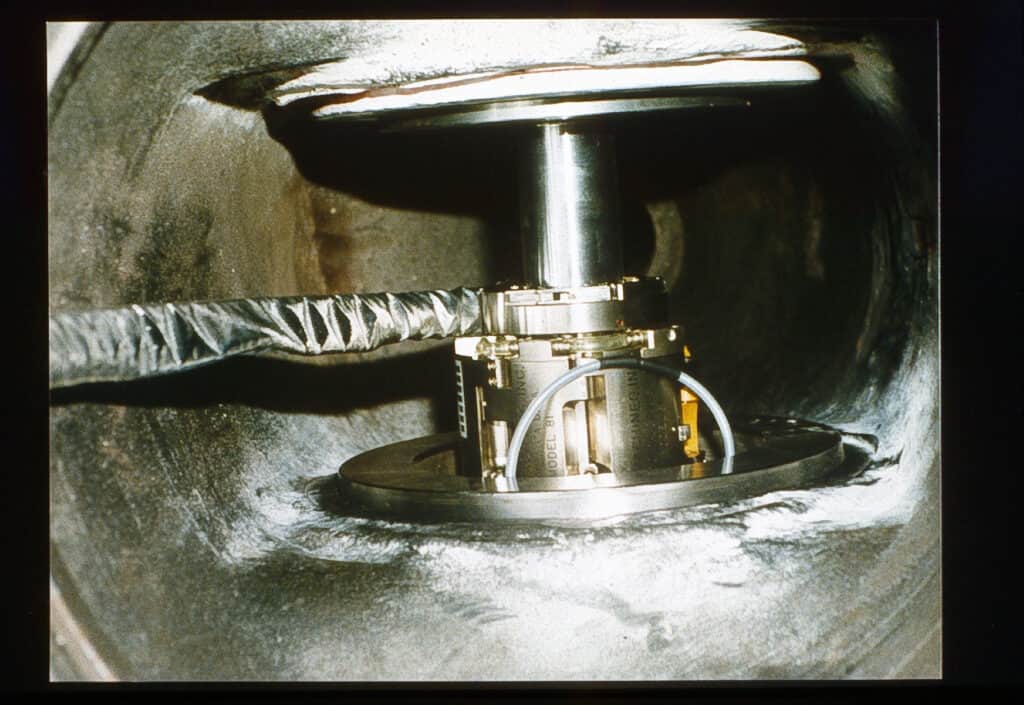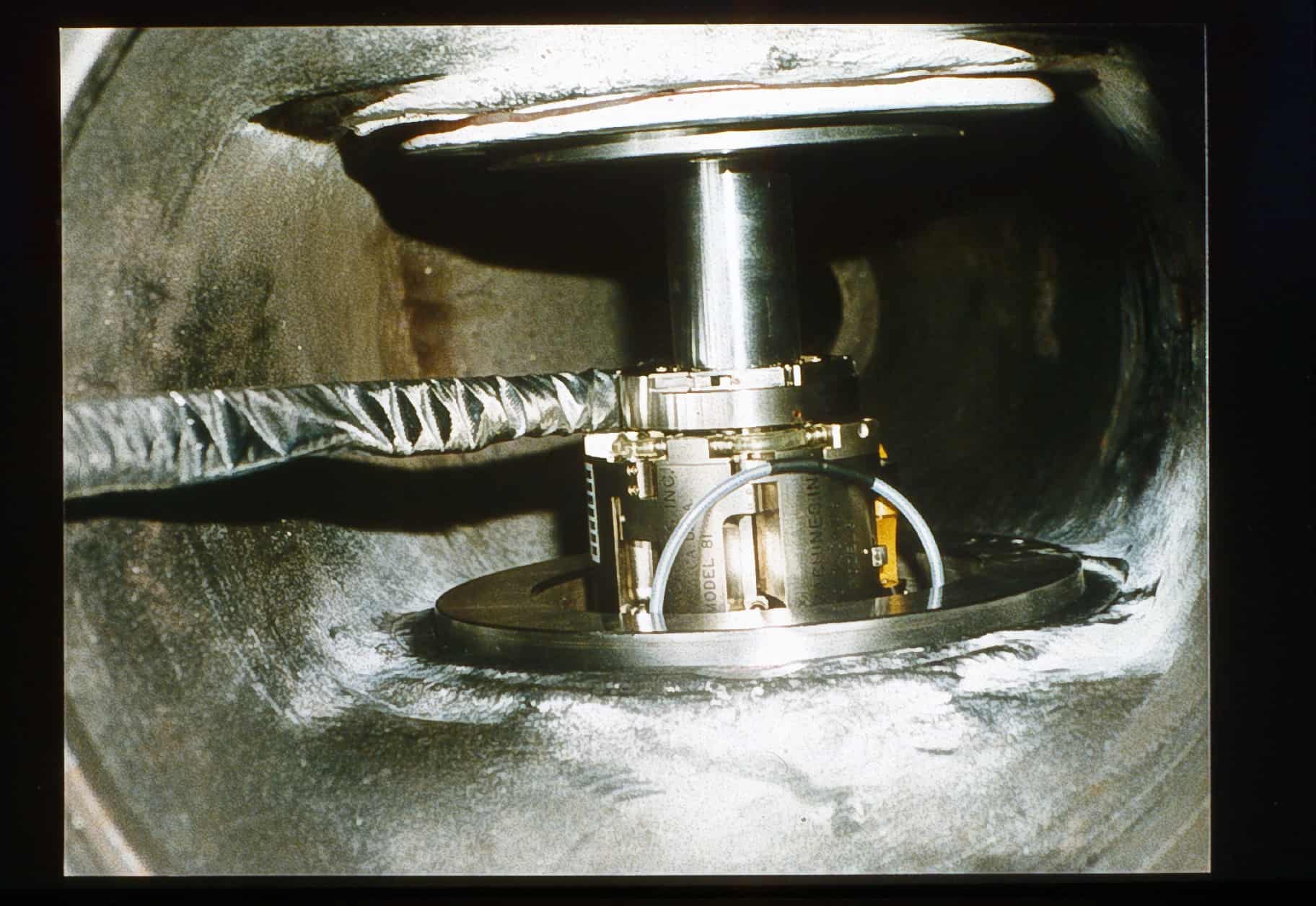
Most welding companies tend to delay arc welding machine calibration until every other effort to fix a problem has failed. In manual welding, failure to perform timely machine calibration often forces businesses to purchase another machine in order to complete work by the deadline. This is the reason that so many manual welding businesses have a collection of broken, tarp-covered machines behind the shop. Welding machine calibration cannot be put off for high-specification welding, though, and it is especially important in order to gain the full advantages of autogenous welding.
Fusion welder calibration for high-specification automated autogenous welding should be performed annually. More routine calibration should be completed by the operator before commencing with a shift’s welding to ensure the weld head and power supply keep accurate time. Annual calibration, on the other hand, is an in-depth process performed by the manufacturer that ensures all welding machine elements perform to the desired specifications. In very high-specification welding, rigorous adherence to calibration schedules is required to meet necessary quality standards.
Daily Fusion Welder Calibration for Autogenous Welding
Autogenous welding machine operators should be most concerned about daily pre-shift calibration. This simple check, performed either manually or automatically, verifies that the machine’s actual operating speed matches the specified settings.
Older orbital fusion welding power supply types require manual fusion welder calibration. Such machines must be programmed to complete a single pass around a tube in a single minute; in other words, they must be set at one revolution per minute (RPM). To do so, the operator first creates a program that instructs the weld head to make the revolution at the necessary speed. Then, the operator manually observes the time to completion to confirm that the welding machine speed is within the programmed specified tolerances.
Newer welding machines automate this process so that no programming is required. Additionally, newer machines offer a wider range of calibration speeds, and their diagnostic systems are capable of verifying that the specified number of RPMs has been met. These sophisticated pieces of machinery can also suggest an action for the operator to remediate an issue if one occurs. For instance, if a machine is set to make four RPMs and only makes half of a revolution in a minute, the machine itself can suggest what setting to change and how to change it.
Whether fusion welder calibration is a manual or an automated process, speed verification calibration should be performed daily.
Whether fusion welder calibration is a manual or an automated process, speed verification calibration should be performed daily before a welding shift begins as part of an orbital welding machine maintenance checklist, or as part of a welding machine daily inspection checklist. Likewise, routine annual calibrations are just as important for the operation of a fusion welding machine.
The Importance of Annual Calibration for Orbital Welding
Welding machines of any type must function within certain tolerances to meet weld criteria. In addition to meeting and keeping a set speed, welding machines must ensure that the incoming voltage translates to the correct amperage at the arc in order to produce the heat required to meet the specifications laid out in the orbital welding parameters. In manual welding processes, components that are wearing out can be compensated for by the welder. The welder can speed up or slow down to make up the difference if amperage and heat are slightly off; they can also shorten arc lengths on the fly if the voltage seems to be off. As a result, manual welding operations are prone to having nonfunctional machines, since it is possible to weld with them until they are broken beyond repair.
In order for orbital fusion welders to perform to specification, they must be kept in good repair.
This isn’t the case with heavily automated processes like orbital fusion welding. Automated processes offer greater precision, greater control over weld quality, and increased speed to completion. However, an operator’s ability to compensate for wear or damage to components is limited or nonexistent. In order for orbital fusion welders to perform to specification, they must be kept in good repair. This requires both daily fusion welder calibration for speed and more rigorous annual calibrations to ensure that every part of the weld head and power supply still meet specifications. It is best practice for in-depth annual calibrations to be done by the welding equipment manufacturer. Turning operators loose with multimeters and micrometers can easily lead to an out-of-specification welding machine, as well as a voided warranty or service plan.
Orbital welding machine manufacturers, on the other hand, are familiar with their machines and have the specification sheets, tools, and necessary part replacements close at hand, which makes annual fusion welder calibration less time-consuming. The manufacturer can also provide loaner units or replacement machines as part of a service package to keep welding going while machines are calibrated or repaired. Orbital welding manufacturers may also provide remote support to walk operators through simple maintenance, as well as daily tasks like a pre-shift fusion welder calibration.
Arc Machines, Inc. is an industry leader in fusion welding heads and power supplies, offering remote diagnostic and support services for daily and annual fusion welder calibration. For inquiries regarding products, contact sales@arcmachines.com. For service inquiries, contact service@arcmachines.com. Arc Machines welcomes the opportunity to discuss your specific needs. Contact us to arrange a meeting.





